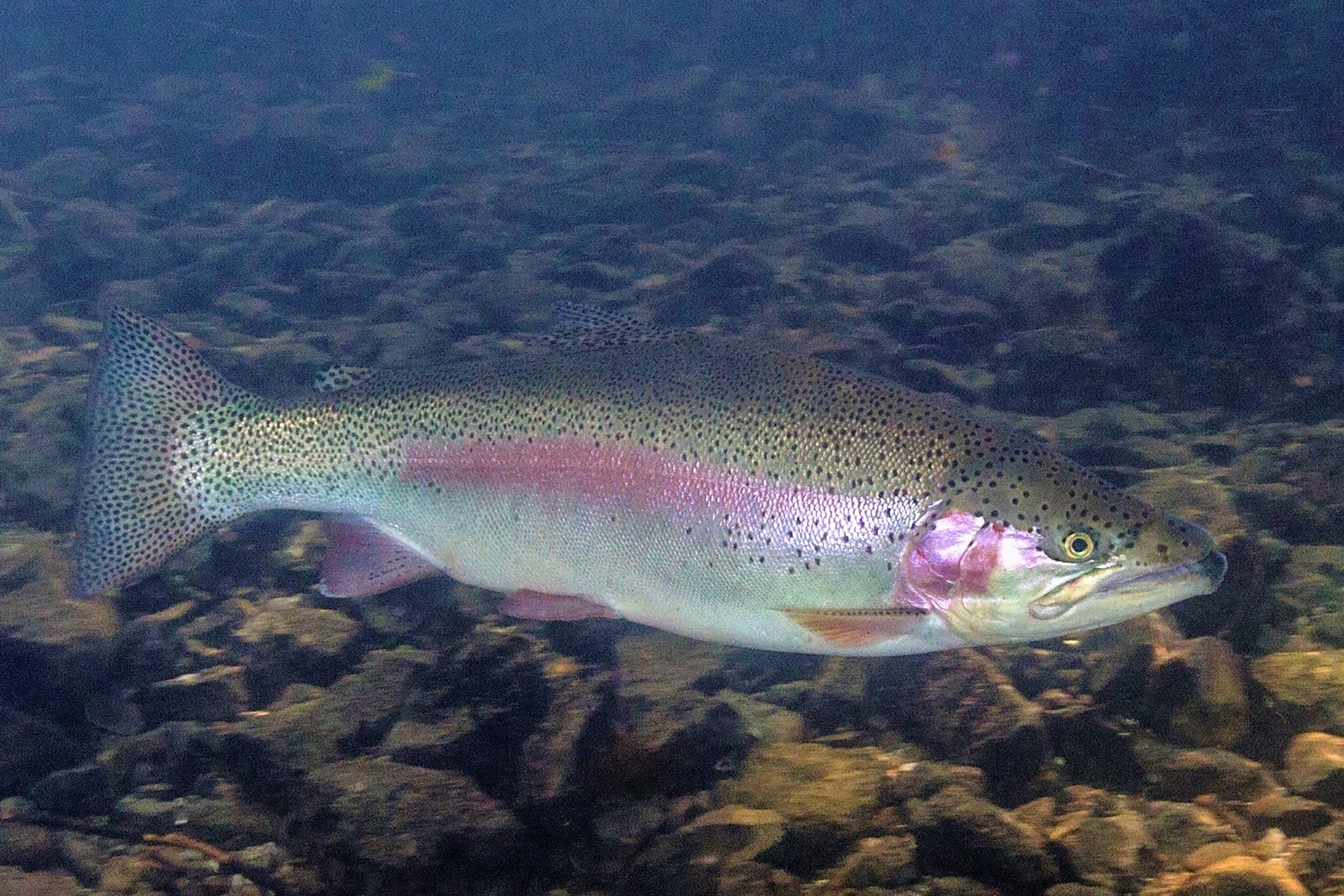Brown Trout isn’t closely related to any other Trout. It looks similar in shape to Atlantic Salmon and has red spots with silver rings. It isn’t always brown. Brook, Bull, Dolly Varden, and Lake Trout live farther north and all look very similar. Lake Trout are the biggest. Brook Trout are generally the smallest and have unusual markings. Mar 03, 2020 Rainbow trout has a delicate, mild, and slightly nutty flavor. Many people wonder if trout tastes like salmon, but it all depends on the kind of trout you buy. Some rainbow trout can have a white flesh while others are more pink or orange. The color variation depends on the trout’s diet and if the fish is wild or farm raised. Trout are species of freshwater fish belonging to the genera Oncorhynchus, Salmo and Salvelinus, all of the subfamily Salmoninae of the family Salmonidae.The word trout is also used as part of the name of some non-salmonid fish such as Cynoscion nebulosus, the spotted seatrout or speckled trout.
Salmo trutta
- Taxon: Freshwater fish
- Range: Native to Europe; introduced to North America in 1883.
- Status: Not listed under the Endangered Species Act (ESA)
Brown trout are a coldwater species like most fish of the salmon family. The first brown trout eggs were imported to the U.S. from Germany in 1883. In 1884, the release of 4,900 brown-trout fry into Michigan’s Baldwin River represented the first time the species swam free in U.S. waters. This species has been stocked as a popular sport fish in this country ever since. Brown trout are considered more nocturnal and more difficult to catch, presenting a particular challenge to most fly fishermen.
Related content
- News
Making a splash
- News
TVA, Fish and Wildlife Service to Continue Popular Trout Stocking Program
- News
TVA, partners to fund trout stocking for Tennessee, Georgia tailwaters
Appearance
Brown trout vary greatly in appearance, but are generally olive green to brown on top, shading to a creamy, golden yellow on the sides and an off- white along the belly. Most brown trout are covered with black spots along their sides, back, and dorsal fin with each spot surrounded by a light halo. Frequently, the spots near the lateral line are red. Unlike other trout species, brown trout tails have few if any spots.
Habitat
Brown trout occupy a range of aquatic systems and habitats from coldwater mountain streams to larger rivers, ponds and lakes.

Diet
Brown trout feed on several animal prey species, aquatic invertebrates being the most abundant prey items. However, brown trout also feed on other prey such as land-based invertebrates (e.g. Hymenoptera) or other fish. Moreover, in brown trout, as in many other fish species, a change in the diet composition normally occurs during the life of the fish, and piscivorous behaviour is most frequent in large brown trout.
Historic range

Trout Identification
The native range of brown trout includes Europe, western Asia, and northern Africa. However, brown trout have been introduced all over the world.
Trout
Current range
The brown trout has been stocked in 45 states in the U.S. There is a self sustaining population in 34 of the 50 states.
Conservation challenges
Due to a combination of size and diet, brown trout often displace native brook trout where the two species overlap. They tend to dominate the best available habitat by either forcing brook trout from preferred habitat and, to an extent, by preying directly upon brook trout.
Federal Register notices
The following Federal Register documents were automatically gathered by searching the Federal Register Official API with this species’ scientific name ordered by relevance. You can conduct your own search on the Federal Register website.
- We're sorry but an error occurred. Visit the Federal Register to conduct your own search.
